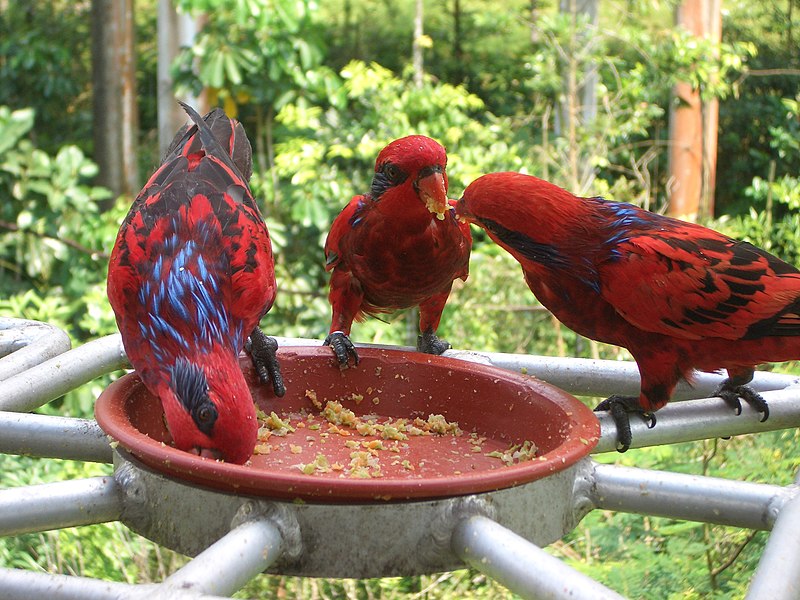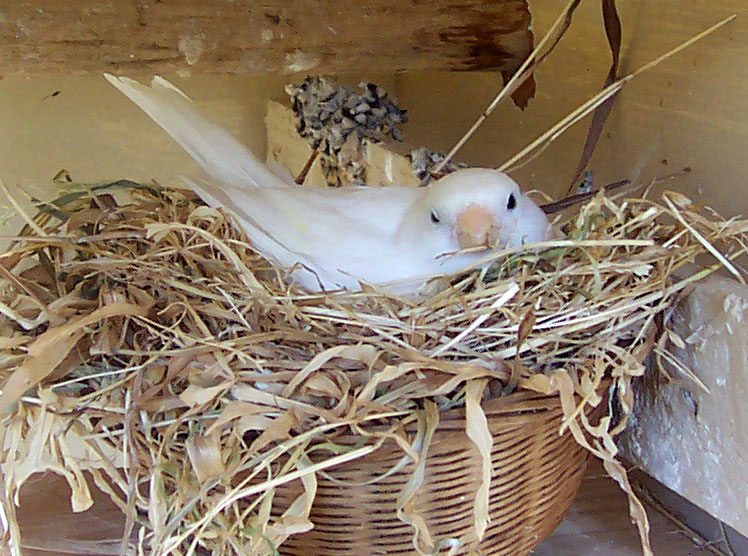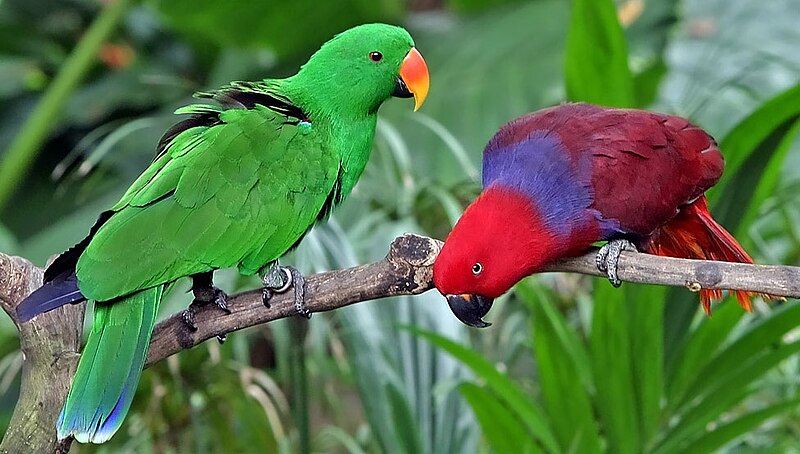 In the wild, the pair-bond between mated parrots often lasts a lifetime. Captive pairs, however, face unique “relationship challenges” that often complicate the mating process. Owners may find it difficult to find two birds that get along, and even long-established pairs may suddenly begin to fight.
In the wild, the pair-bond between mated parrots often lasts a lifetime. Captive pairs, however, face unique “relationship challenges” that often complicate the mating process. Owners may find it difficult to find two birds that get along, and even long-established pairs may suddenly begin to fight.
Mate Choice
Parrot breeding is rarely as simple as putting 2 birds of the opposite sex together…both males and females can be quite choosy when it comes to selecting a mate. Coloration, behavior, vigor and a host of factors that we do not fully understand all come into play, with the ultimate goal being the production healthy offspring. The process has evolved over millions of years, and works fine in natural situations, where the birds can choose from numerous potential mates.
Captives face an entirely different situation. Even in large breeding groups, they are limited to a fraction of the potential mates that would be available in the wild. Being naturally social, many parrots “give in” and accept whatever mate, or same sex friend, presents itself; parrots that live alone often transfer their need for companionship to human owners. Read More »
 That Bird Blog – Bird Care and History for Pet Birds
That Bird Blog – Bird Care and History for Pet Birds




